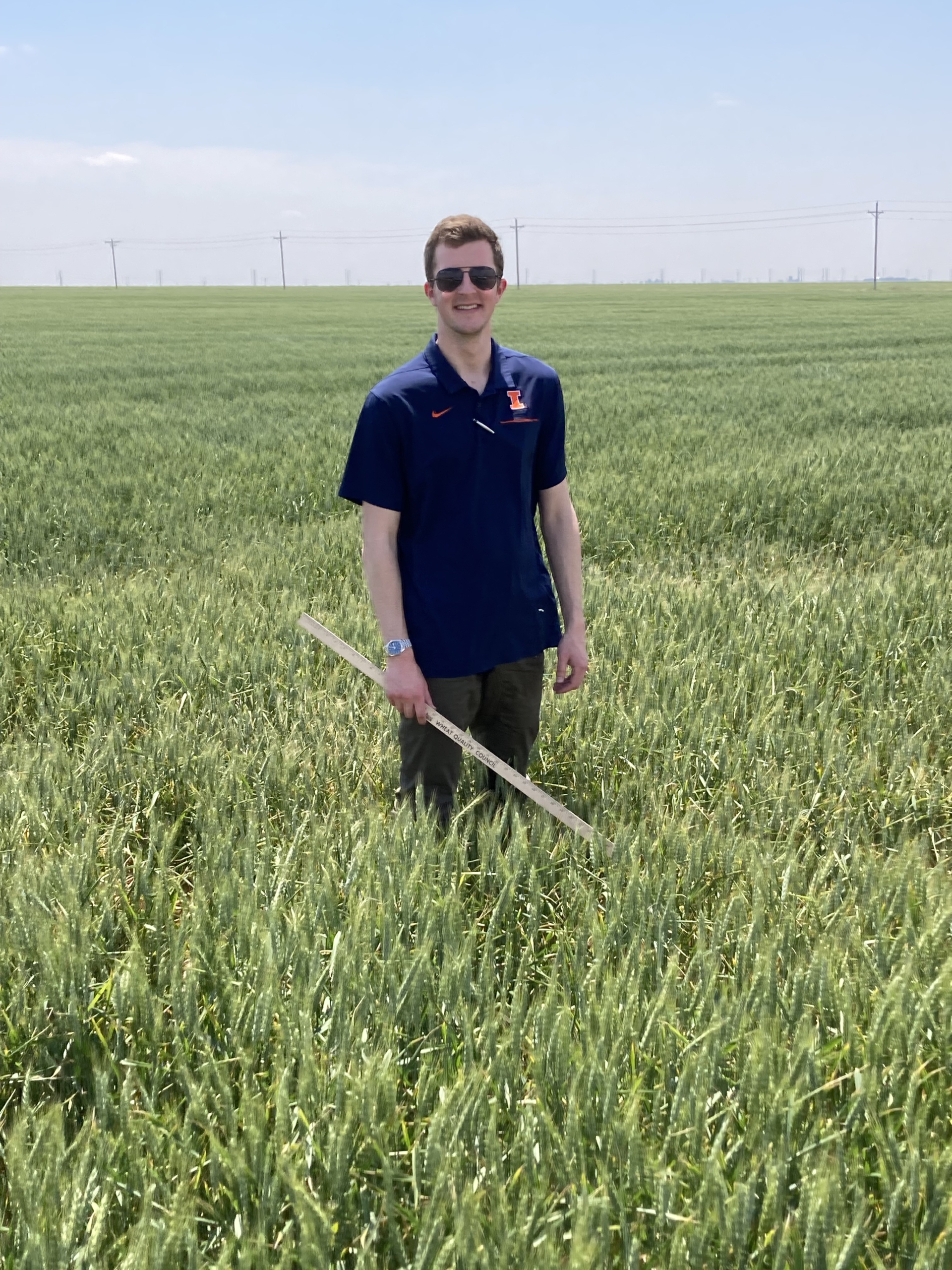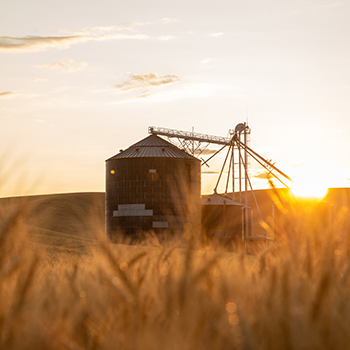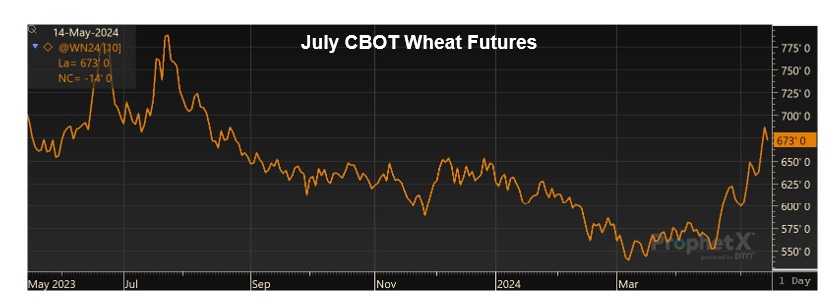Even with variable crop conditions, the 2024 Wheat Quality Council (WQC) Hard Winter Wheat Tour has estimated a total weighted average yield of 46.5 bushels per acre (bu/a) across its annual tour routes in Kansas with swings into southern Nebraska and northern Oklahoma. The tour yield estimate is up significantly from its 2023 estimate of 30.0 bu/a.
Valuable Insight
Sixty-nine participants this year from government, universities, media, grain trade, millers, bakers, and farms stopped at 449 fields to evaluate yield potential and crop conditions.

USW Director of Trade Policy Peter Laudeman.
“The tour has provided valuable insight into this year’s crop,” said Peter Laudeman, Director of Trade Policy, U.S. Wheat Associates (USW) who participated in the tour along with his colleague Luke Muller, Assistant Director, West Coast Office. “Overall, the crop is looking stronger than the last two, uncharacteristically low production years, but it remains to be seen how far above that bar we will get when harvest is complete.”
Largely because of continuing short rainfall, the crop is developing at a faster pace than normal. Experienced crop observers and farmers participating in the wheat tour believe harvest in south-central Kansas could start in early June. That is up to 10 days ahead of average.
“The tour scouts reported wide variability depending on planting dates, moisture, and impact from pests and disease,” Laudeman said, illustrated by the two wheat fields seen at the top of this page. “Stripe rust was notably present across a large swath of northern Kansas and southern Nebraska counties where there is still a window for applying disease control products to limit yield loss. Wheat Streak Mosaic, a viral disease, is another concern to assess. We also saw freeze damage in many fields in southwest and south-central Kansas on the second day.”
Derek Sawyer, who farms near McPherson in east-central Kansas, told Kansas Wheat that although there have been multiple stresses across the state, “we are still looking at a decent crop. That is a testament to the wheat breeders and researchers and the work they have done.”
In 2024, farmers in the wheat tour area will harvest more fields compared to high abandonment in the severe 2023 drought.
“Last year, we only harvested about 200 of the 1,400 acres that we had planted, and those did about 20 bushels an acre,” Hoisington, Kan., farmer Dean Stoskopf told DTN/Progressive Farmer. “So far this year, we’ve still got all our wheat. Some is decent. Some is so-so.”
Tour organizer and WQC Executive Director Dave Green told DTN/Progressive Farmer that through the second day of the tour the crop looked better than drought conditions would have indicated.
“It seemed like, ‘Yes, we certainly need rain in a lot of areas,’ but I was surprised how not every field was drought-stressed and really looking like it’s in trouble,” Green said.
“I would really emphasize how crucial the spotty rain showers the past couple weeks were for those farms fortunate to receive them,” Luke Muller said. “The heat units and moisture in the next month will really determine how the crop gets across the finish line.”
Even with the tour’s higher-than-expected estimated yield estimate, there was muted pressure in the U.S. futures markets. July hard red winter wheat futures closed on May 16 at $6.73 per bushel, down only 1.6 cents from May 15. Significant cuts in Russia’s wheat yield estimates, including by SovEcon likely made the difference. The analyst this month lowered its 2024 Russian wheat production forecast by 7.2 million metric tons (MMT) to 85.7 MMT due to dry conditions and freeze damage in Central and Southern Russia.
The Wheat Quality Council each year emphasizes that the scouts’ estimated yield potential is only a snapshot of the crop during the week of the tour. The primary goals of the wheat tour are to make connections within the wheat industry, allow participants to meet wheat farmers, observe the growing crop, and to highlight the agriculture industry.










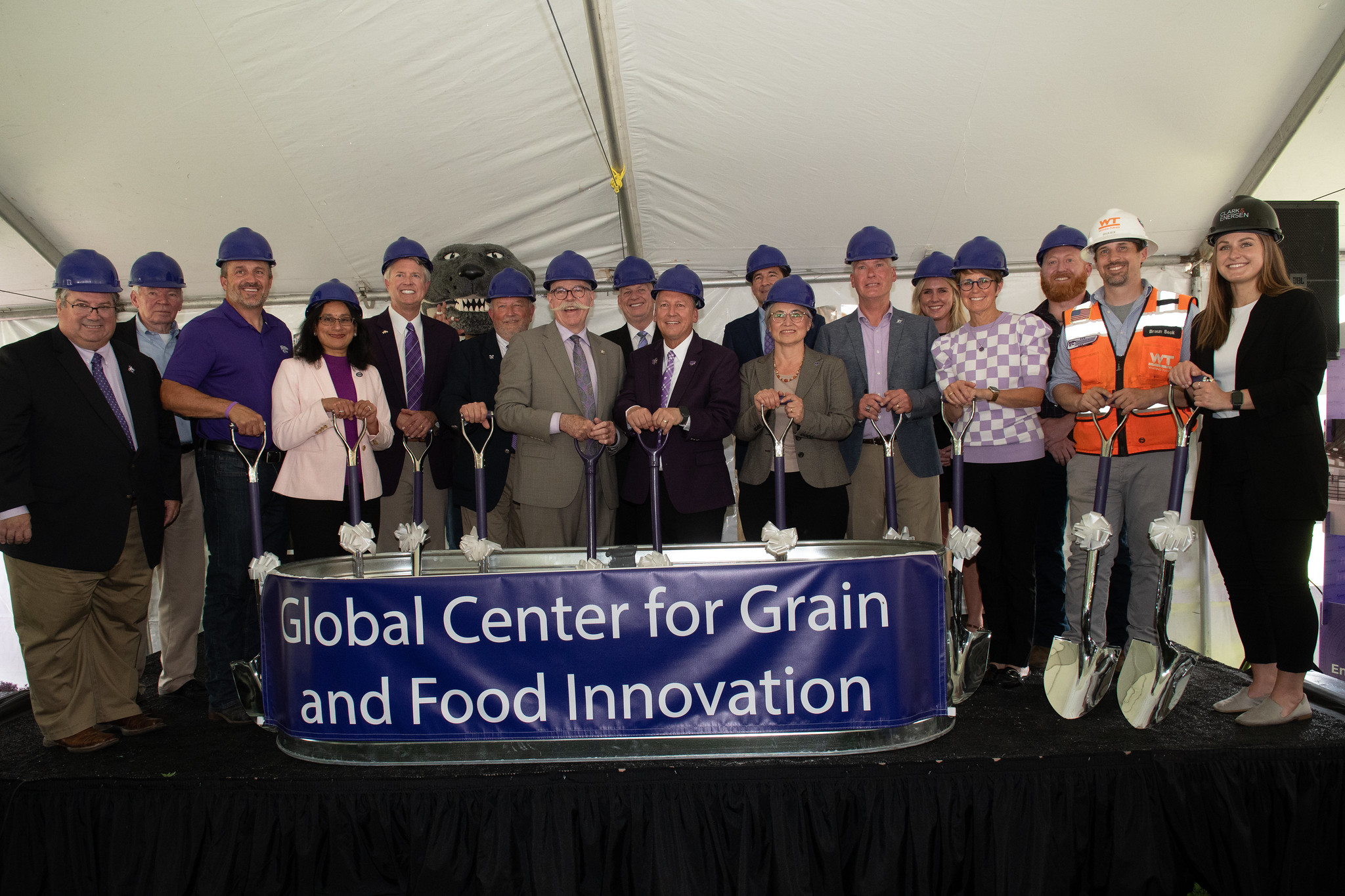

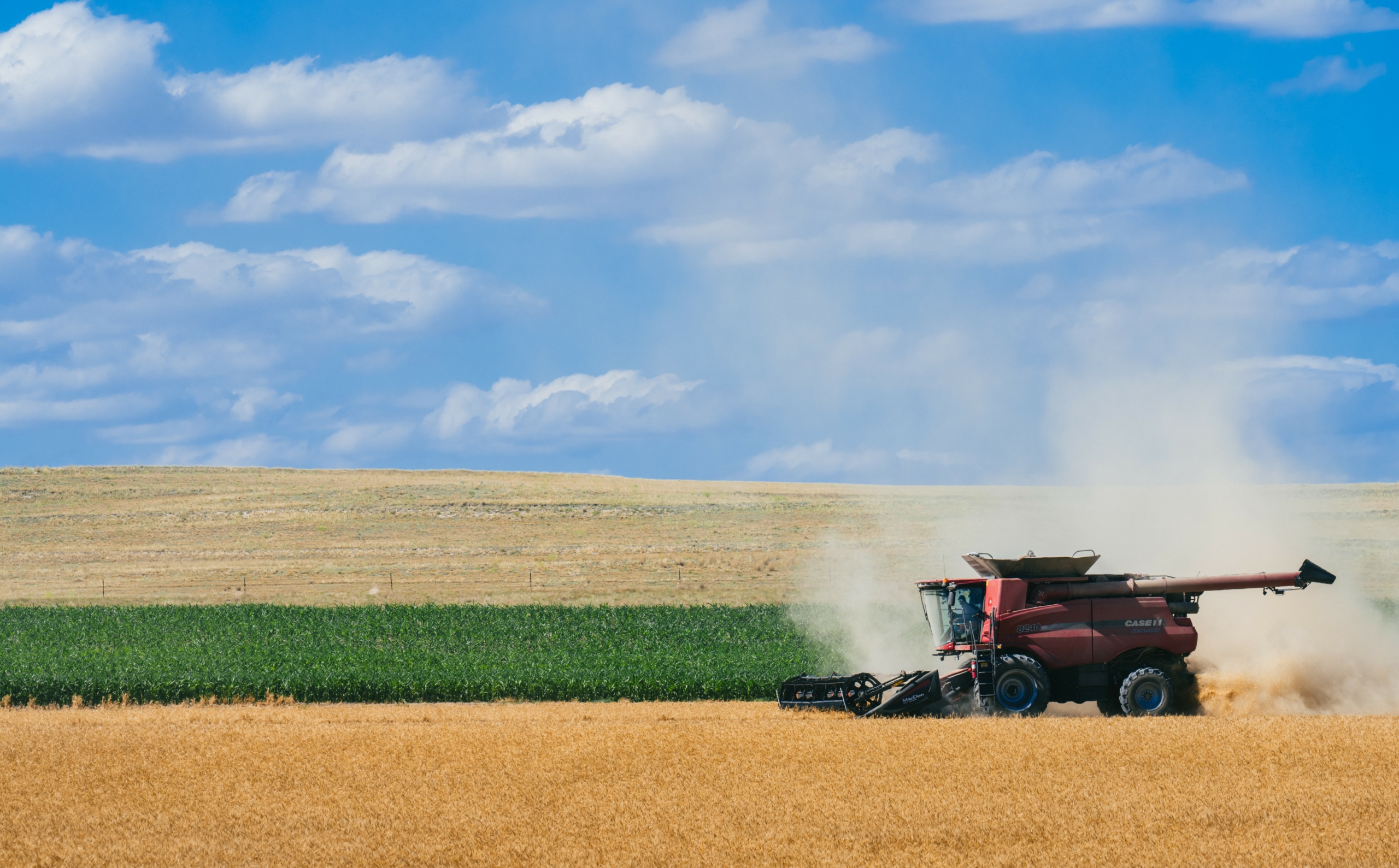



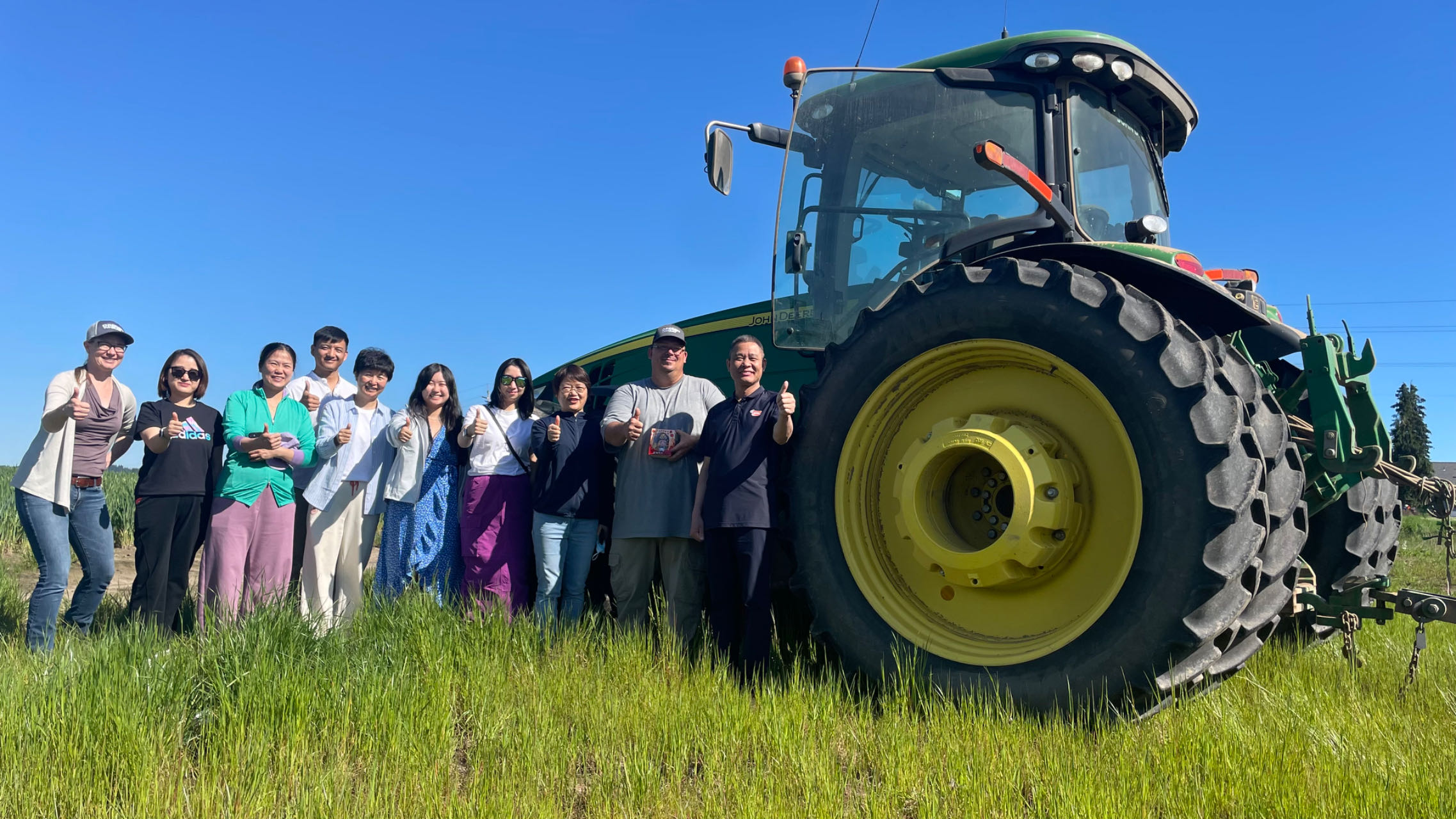

 2024 World Food Prize Laureates Established Global Seed Vault
2024 World Food Prize Laureates Established Global Seed Vault